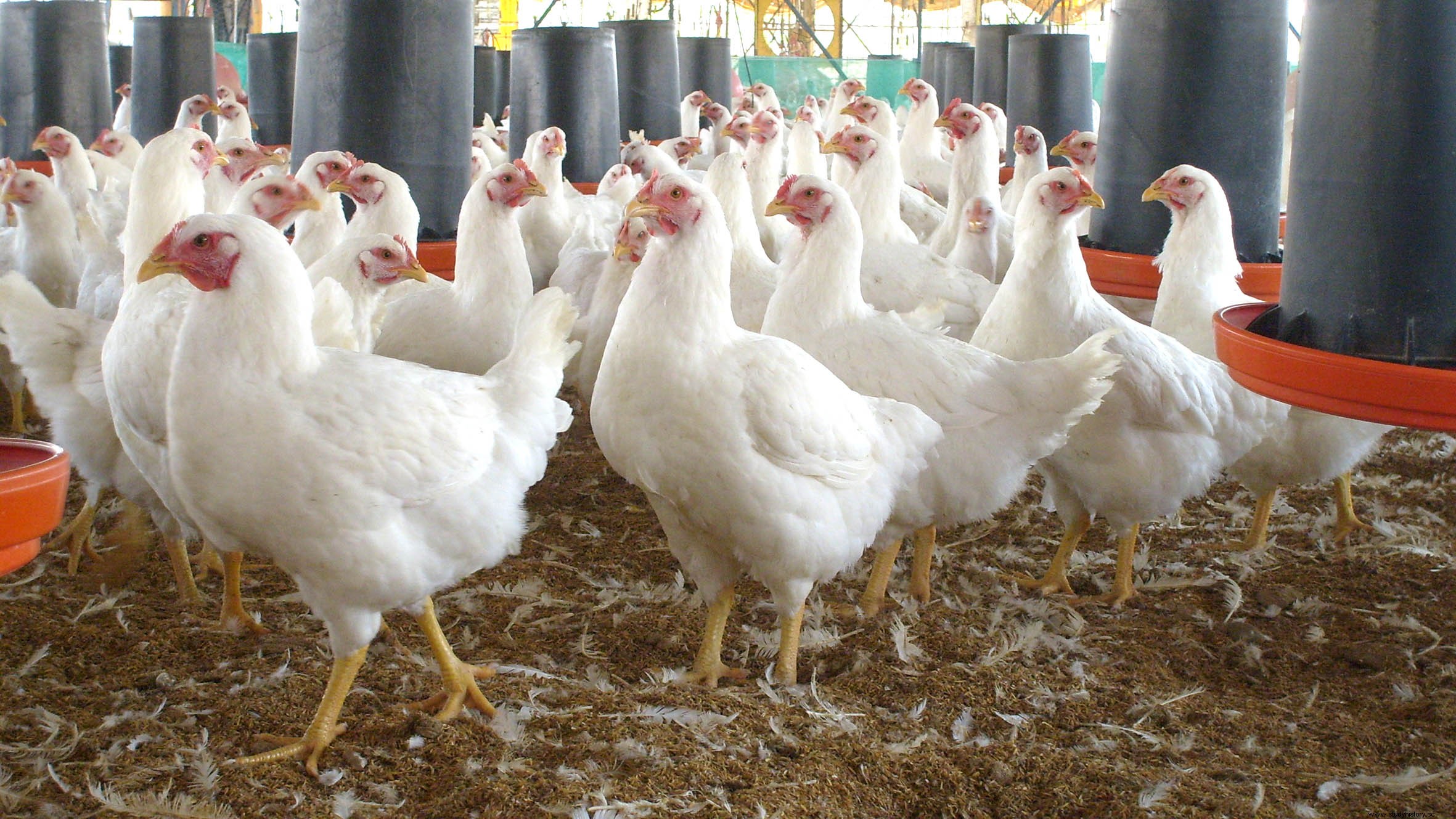On August 2, 1990, elite Iraqi Republican Guard troops invaded Kuwait. A lightning operation - in two days they had taken the entire country - that caught the international community by surprise. Although Iraq had been critical of the increase in Kuwaiti oil production that was keeping prices low and even accusing it of stealing its own fields by drilling at an angle, no one thought that Saddam Hussein would reach this point. Perhaps he also had something to do with the debt that Iraq had with its neighbors for financing the war against Iran and, emulating what Philip IV did with the Templars, he decided to eliminate his creditor. A few hours after the invasion, the United Nations Security Council passed Resolution 660 condemning the invasion and demanding the withdrawal of Iraqi troops. It was intended that diplomatic channels be the one to resolve that conflict, but given Iraq's refusal, the UN approved Resolution 678, which gave a deadline of January 15, 1991 to withdraw from Kuwait. Otherwise, as it happened, the use of force was authorized. The US assembled a coalition of forces made up of 34 countries and… on January 17, 1991, CNN broadcast the start of the bombing (Operation Desert Storm ).
From Saudi Arabia and from aircraft carriers in the Persian Gulf, a major air offensive was launched to clear the ground of ground forces. One of the fears of the Coalition forces was that Saddam Hussein would give the order to use chemical weapons as he had already done against the Kurds or in the war against Iran. In addition, the dense black smoke produced by the burning of oil wells was an added problem since it could mask the presence of chemical products. So, despite having the most advanced technology, the US Army used a home remedy for the detection of chemical agents... the so-called Kuwaiti Field Chicken or KFC (coincidentally the same acronym as Kentucky Fried Chicken , the fast food restaurant franchise specializing in fried chicken).

With this operation, military vehicles Humvee were equipped with with chickens as “confirmation devices for toxic gases or chemical agents ”, in the same way that was done with canaries in the mines to detect firedamp escapes. Logically, the poor birds paid with their lives for each warning. The idea of using chickens came from Petty Officer Stacy Jeambert for being more resistant and more docile than canaries. The fact is that after a short time their use had to be ruled out because 41 of the 43 chickens they recruited died in the first week under strange circumstances... none from attacks with chemical weapons.
Sources:BBC, Time
